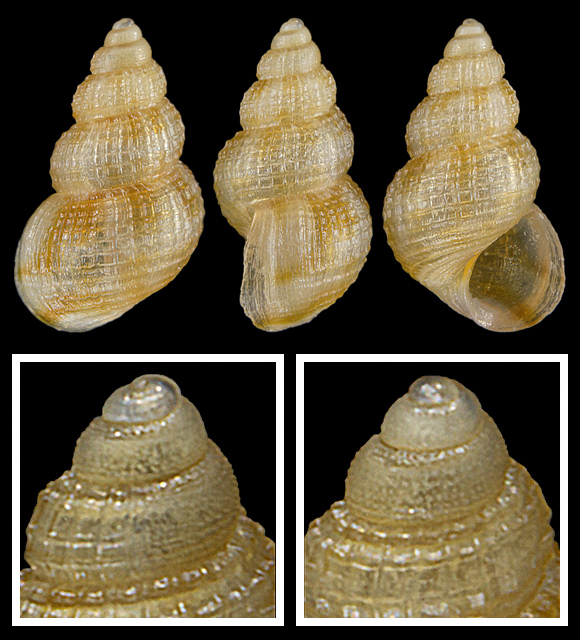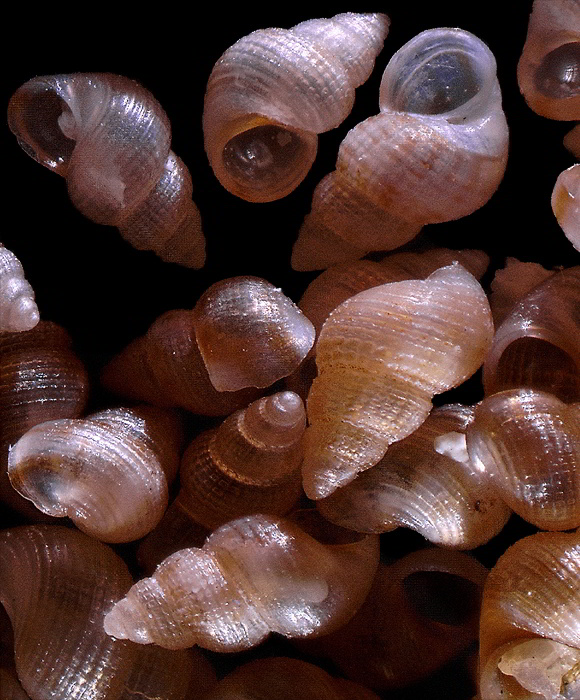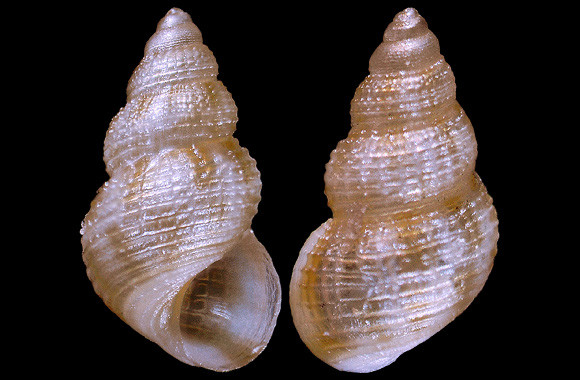
Sea of Barents to lusitanian seamounts, to Mediterranean. Absent from Baltic Sea and eastern English Channel. Lives on intertidal sandy bottoms, or among rocks with Laminaria, down to the continental shelf. Grazer and detritus feeder.
« Turbo with six very glossy, rounded volutions, rather taper in shape, and finely reticulated. Colour transparent yellowish-white. Aperture sub-orbicular. » – G. Montagu: Testacea brittanica vol. II, London 1803.
« Turbo with six very glossy, rounded volutions, rather taper in shape, and finely reticulated. Colour transparent yellowish-white. Aperture sub-orbicular. » – G. Montagu: Testacea brittanica vol. II, London 1803.
Basionym: Turbo punctura.
Synonyms: dorvilleana, puncturata.
60-80m deep, Capraia island, Toscana, W. Italy. 2,7mm.
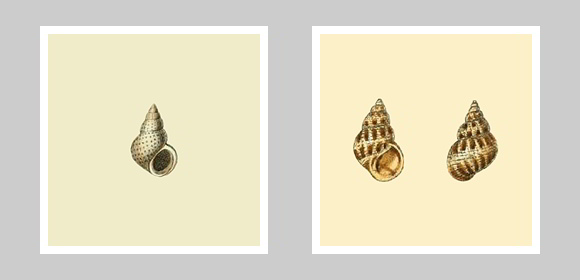
Left: in T. Brown: Illustrations of the recent conchology of Great Britain and Ireland vol. II, London 1844;
Right: in Forbes & Hanley: A history of British Mollusca and their shells vol. IV, London 1853.
« The shell is rather thin, translucent, more or less glossy, and of a conic or oval-conic form. In general it is of an uniform yellowish white, but when perfectly fresh is girt towards the base of the body with a tawny narrow zone, from whence, as well as from the suture, emanate rather distant streaks of the same hue, that do not usually touch each other in the middle of the whorl. A coloured spot, marking the termination of the zone, is almost always perceptible near the base of the outer lip, behind which, near the top, may usually be seen, likewise, an oblique coloured segment of a circle. […] The longitudinal threads are extremely numerous, and usually become more or less indistinct near the base of the body; the spiral ones, which extend to the extreme base, are also numerous, there being generally twelve or fourteen of them upon the body, and about five on the penult. […] There is a distinct but narrow pillar lip […], which being a little reflected and raised slightly at its curved outer margin, displays a kind of umbilical crevice behind it » – Forbes & Hanley.
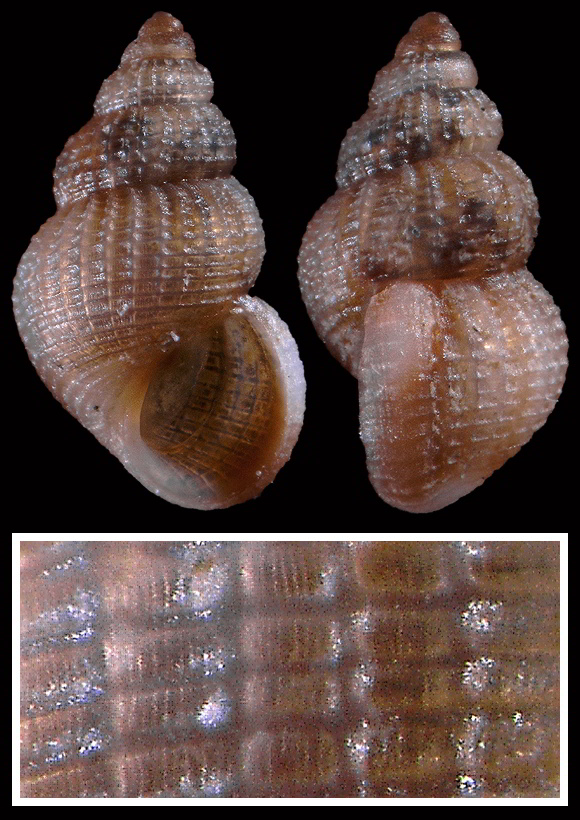
Above and below: 50-80m deep, Almería, Andalucia, S. Spain. 2,3mm. The radial microstriae inside the cells should not be taken, for the time being, as a specific character: some specimens do not show this feature.
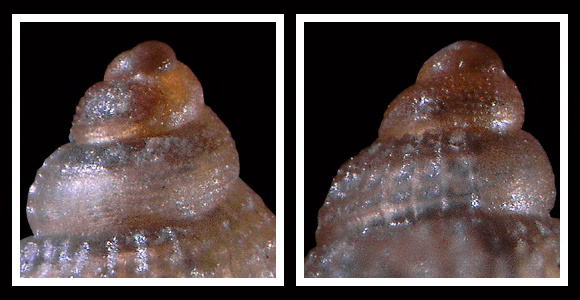
Protoconch multispiral. The larval shell, almost smooth, is followed by some granulose whorls; the granules are arranged spirally; they progressively disappear anteriorly, the last whorl being almost devoid of sculpture except some very weak spiral threads. The transition protoconch-teleoconch is abrupt.
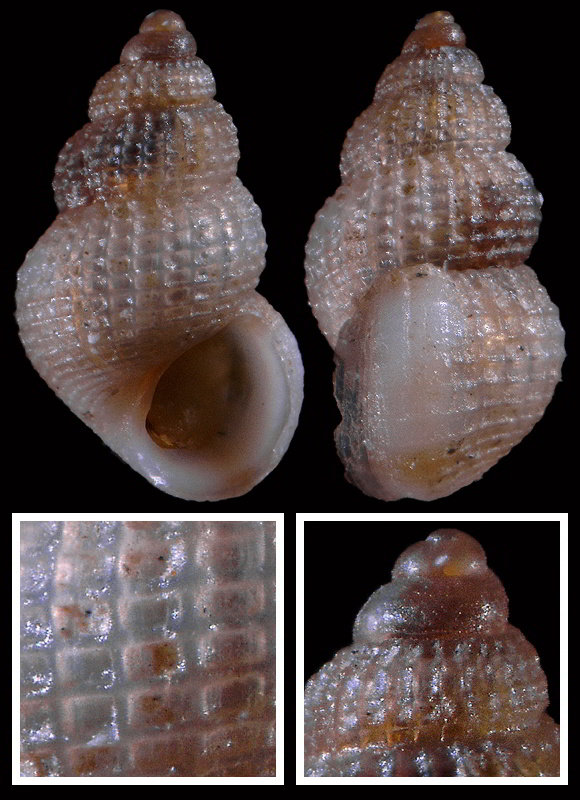
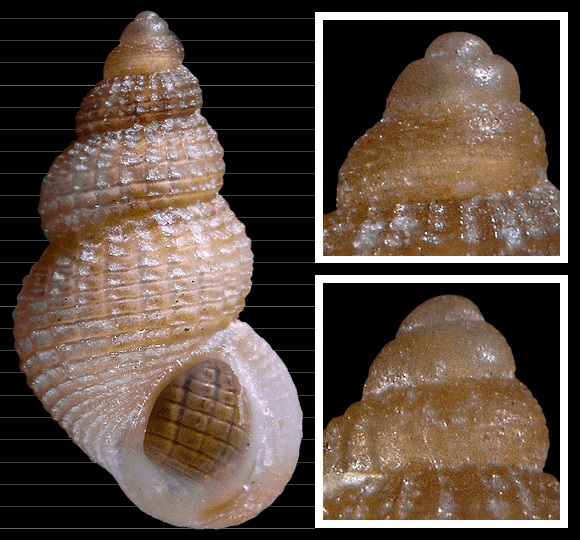
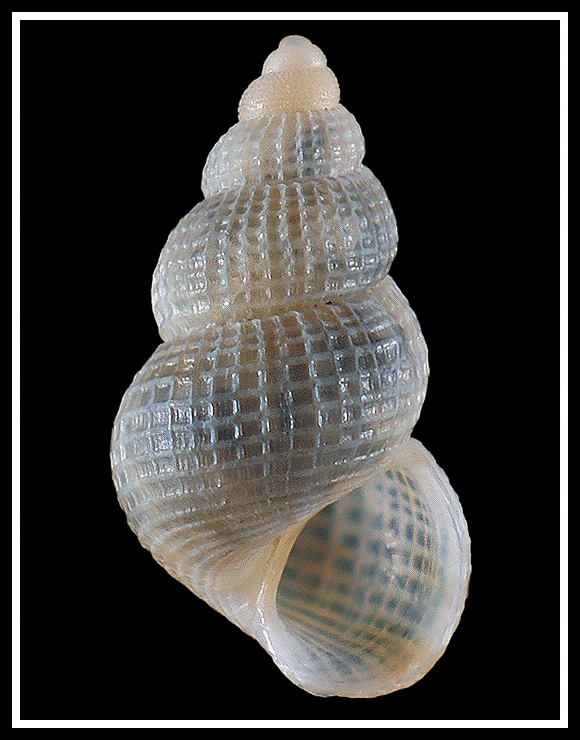
« Shell with six very glossy, cream-white, ventricose volutions, well defined by a deep suture, terminating in rather an obtuse, smooth apex; the whole shell very finely striated longitudinally and spirally, giving it the appearance of being punctated when examined with a strong lens, while, in reality, it is only the smooth interstices, between the striae, which present this appearance; […] pillar lip narrowly reflected on the columella. » – T. Brown: op. cit. p.12.
35m deep, Jabuka islet, west of Vis island, Split-Dalmatia Comitat, S. Croatia. 2,2mm. Original pictures provided by R. Stanić (HR) – (CC BY-NC-SA).
According to the photographer, specimens are« very common in Adriatic sea, I found them always in sediment from 30-70m. »
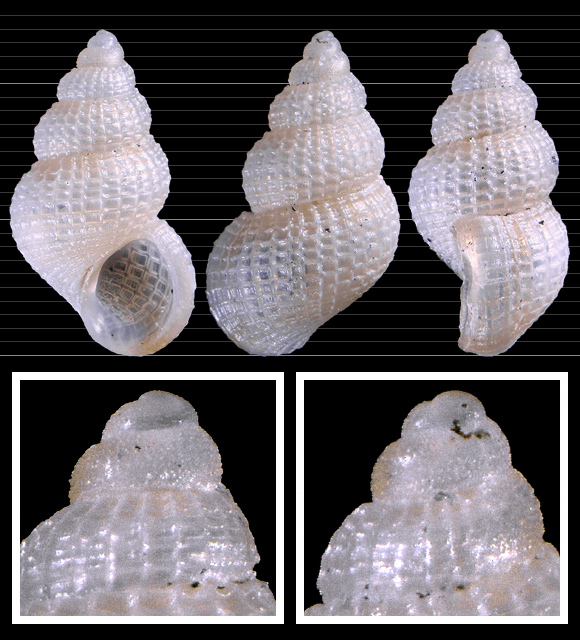
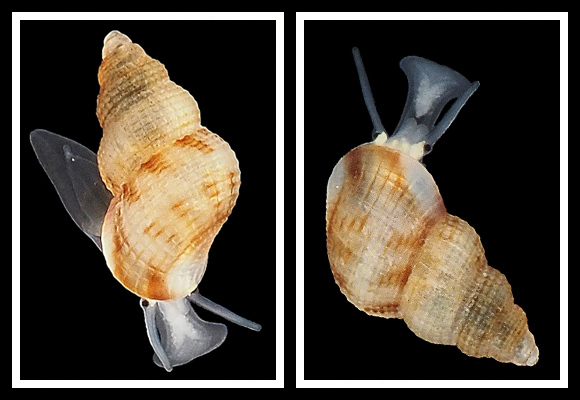
– (CC BY-NC-SA) –
